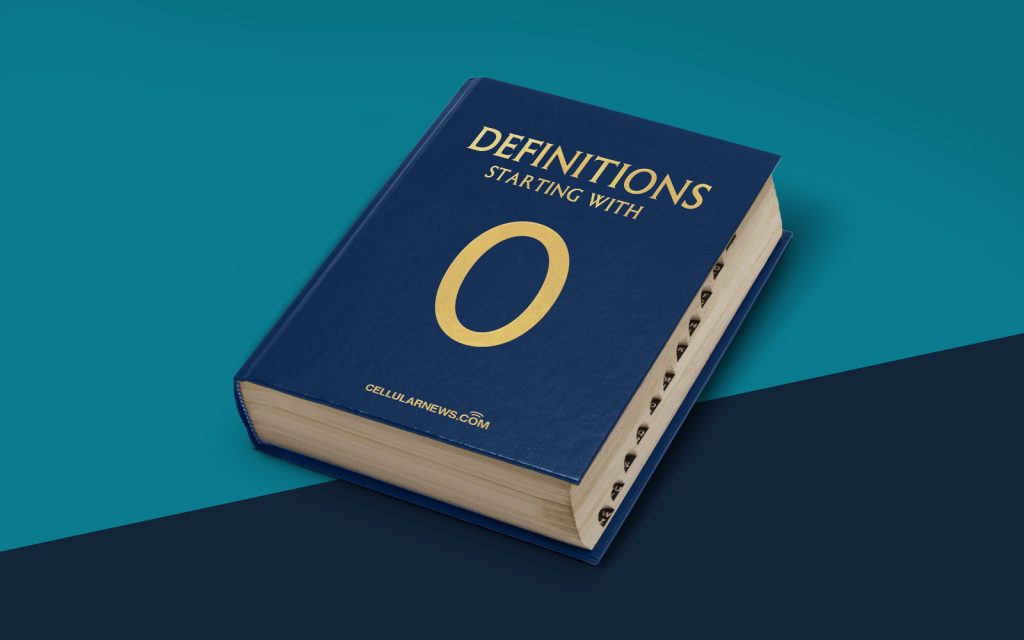
Hey there,
Key Takeaways
- One-to-many relationship is a fundamental concept in database management.
- It refers to the relationship between two entities where one entity is related to multiple instances of another entity.
Now, let's break it down further:
Understanding One-to-Many Relationship
Imagine you have a database for a library. In this database, you have two tables: one for the list of books and another for the list of authors. Now, let's consider the relationship between books and authors:
- One author can write many books, but a book is written by only one author. This is a classic example of a one-to-many relationship.
Today, we're going to talk about a concept that's important to understand in the world of databases: the one-to-many relationship. So, what exactly is a one-to-many relationship? Let's dive in and find out!
A one-to-many relationship is a fundamental concept in database management and refers to the relationship between two entities where one entity is related to multiple instances of another entity. In simpler terms, it's a relationship where one thing is connected to many other things.
Real-life Examples
Here are a few real-life examples of one-to-many relationships that you might be familiar with:
- One country can have many cities, but a city belongs to only one country.
- A single customer can make multiple orders, but each order is made by only one customer.
Importance in Database Design
Understanding one-to-many relationships is crucial in database design for several reasons:
- It helps in organizing and structuring data efficiently.
- It ensures data integrity and reduces redundancy in the database.
- It allows for the establishment of connections between different entities, enabling more complex queries and analysis.
Conclusion
In conclusion, a one-to-many relationship is a fundamental concept in database management, and it plays a crucial role in organizing and structuring data effectively. By understanding and implementing one-to-many relationships, database designers can create robust and efficient systems for storing and retrieving information.
So, the next time you hear about a one-to-many relationship, remember that it's all about how one thing can be connected to many other things.
